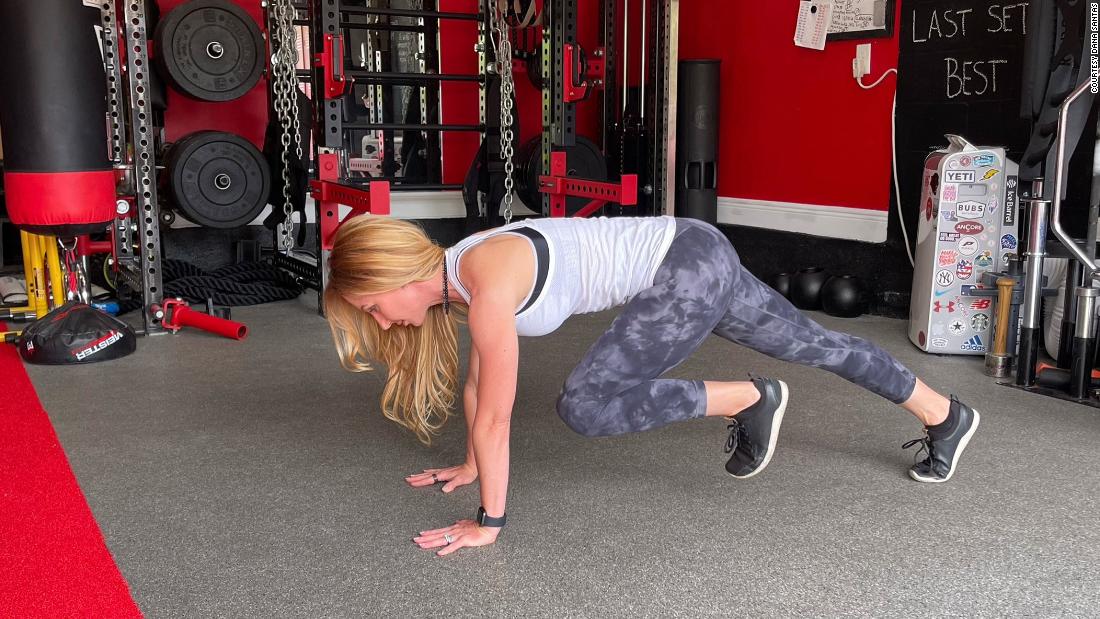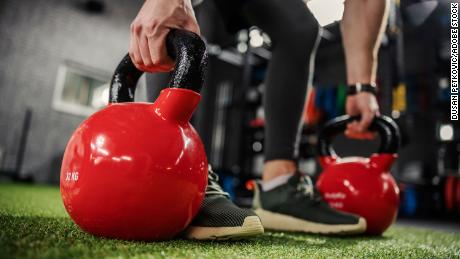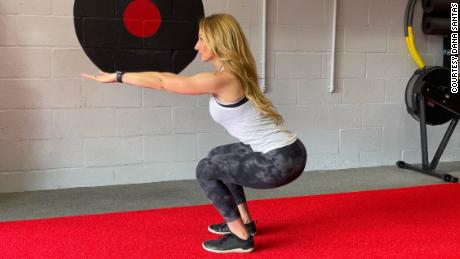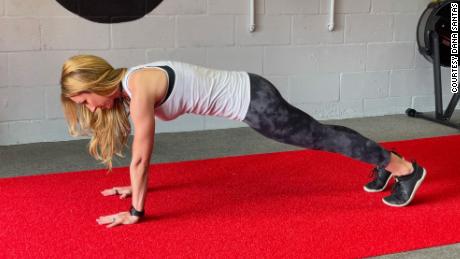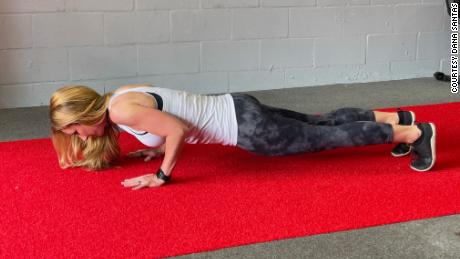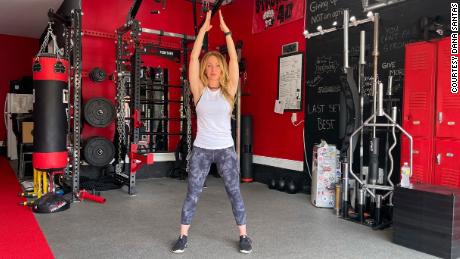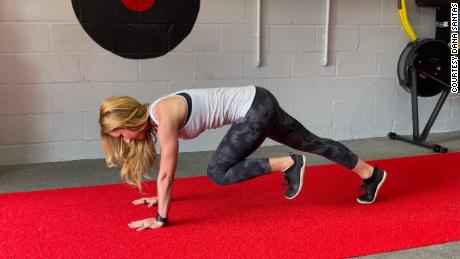Consider Tabata training.
If you feel up to the challenge, you can do multiple rounds, doing a different exercise each time, taking a break of at least 1 minute between rounds before starting the next exercise.
Read on for four exercises you can try Tabata-style in individual rounds or back-to-back for a full-body HIIT workout.
Important Note: Be sure to check with your doctor before beginning any new exercise program.
Why train Tabata?
Borden said he uses Tabata regularly in his online classes for its fat-burning benefits, as well as the less intimidating nature of its format: 20 seconds on, 10 seconds off. “It’s something that people feel is more doable than pushing yourself for 5 minutes before a minute of rest,” he said. “They say, ‘I can push myself for 20 seconds.’ That’s a huge selling point for people who might be intimidated by other forms of HIIT.”
Starting
With Tabata training, you want to keep the exercises simple to make it easier to stay in shape. Even in 20-second bursts, high-intensity exercise is exhausting, making it more difficult to maintain proper form for the full 4 minutes. When the form is broken, the risk of injury increases.
That’s why it’s important to modify exercises, as needed, to make them easier to perform. For example, if you’re doing push-ups and notice tiredness starting to affect your performance, get on your knees so you can finish the full 4 minutes in good shape.
Due to the high-intensity nature of Tabata training, it’s crucial to be careful. If you’re new to exercise or have recently taken some time off and are just getting back into it, build up to higher intensities rather than jumping into this style of training too quickly.
As with any exercise program, consult your doctor before beginning. The safest way to engage in high-intensity exercise is to monitor your heart rate. If you experience chest pain or difficulty breathing, stop immediately and seek medical attention.
The training
Tabata can work with just about any simple, repeatable exercise. Below I’ve outlined four that you can use in the format of 4 minutes 20 seconds work, 10 seconds rest. It doesn’t matter how many reps you perform during 20-second intervals if you’re working at a high intensity. On a scale of 1 to 10 of perceived exertion, that’s an 8 or 9. High intensity is considered to be between 80% and 90% of your maximum heart rate, so using a heart rate monitor is recommended.
If you choose to do all four rounds as a workout, it’s essential that you perform a proper warm-up and cool-down.
1. Bodyweight squats
Stand with your feet slightly wider than hip distance apart. Inhale, brace your core, and lower yourself into a squat with your arms extended in front of you at shoulder-width for counterweight. Push your knees out slightly, squatting down until your hips and knees are parallel, or as low as possible, with your chest up and your back neutral. Exhale as you push through your feet to stand up.
Modification Option: Get down on a box or a chair.
2. Push-ups
From a plank position with your wrists below your shoulders, lower your entire body by bending your arms until your elbows, shoulders, and hips are level.
Avoid arching your back by keeping your core engaged. Exhale as you push up, moving your entire body in one motion.
Modification Option: Lower your knees or raise your upper body by placing your hands on a step.
3. jumps
Jumping jacks are performed by jumping your legs out to the side in a straddle position while reaching your arms above your head so your hands meet (or come close together). Then bring your legs back together as you lower your arms back to your sides.
Modification Option: Reduce speed or shorten range of motion.
4. Climbers
Start in a plank position with your hands aligned under your shoulders, your core engaged, and your back neutral. Alternate bringing each knee to your chest, then return to a plank position, at a pace you can maintain.
Mod Option: Do a plank without moving your legs.
Tabata training is one of the most efficient ways to achieve maximum calorie and fat burning in minimum time.
“If burning fat is a goal,” Borden said, “adding Tabata to your workouts adds a lot of value to your health and time management.”
Dana Santas, known as the “mobility creator,” is a certified strength and conditioning specialist and mind-body coach in professional sports, and is the author of the book “Practical Solutions for Back Pain Relief.”
.
